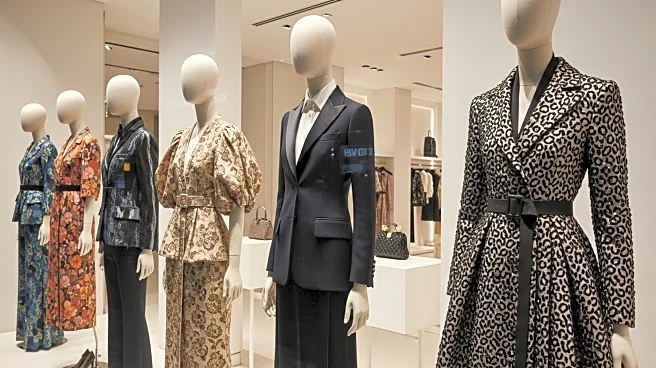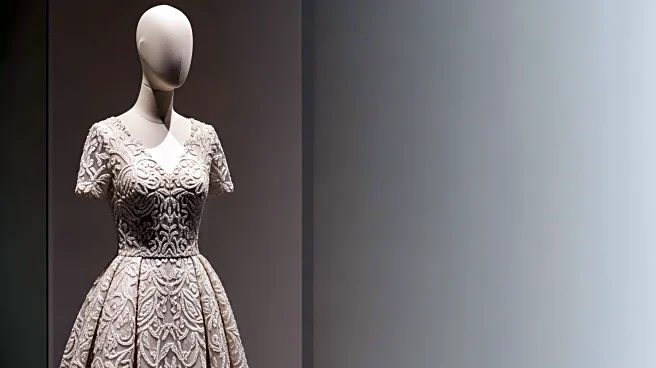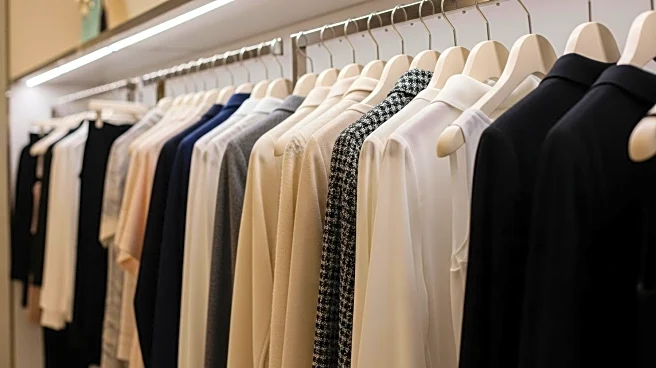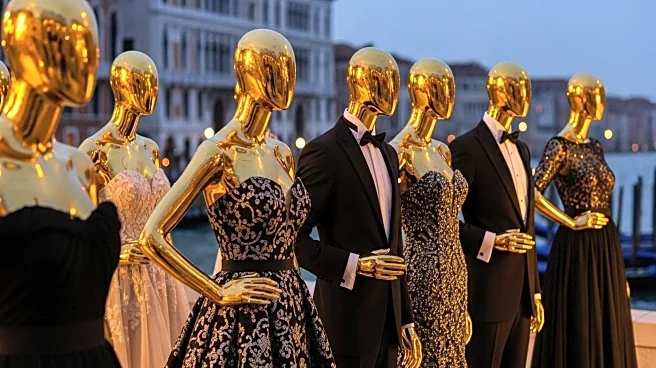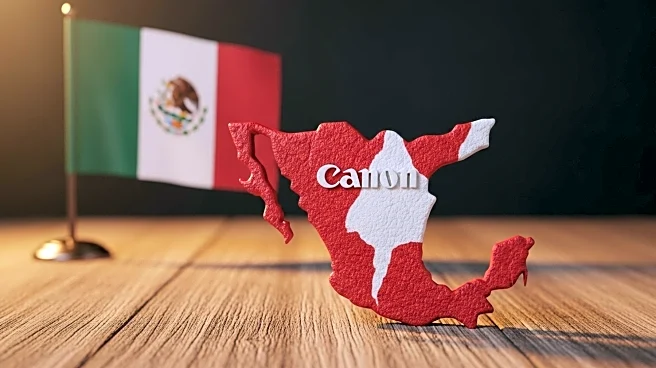What's Happening?
The fashion industry is undergoing a significant transformation as top luxury brands like Chanel, Gucci, and Dior introduce new creative directors to revitalize their offerings. This shift comes amid a challenging economic environment, with brands betting on fresh creative visions to attract shoppers back to stores. The industry faces pressures such as creating innovative products without alienating existing customers, dealing with price inflation, and navigating a saturated media landscape. Despite these challenges, the creative reset is seen as a potential solution to reignite demand after two years of declining sales.
Why It's Important?
The revamp of creative leadership in major fashion houses is crucial for the industry's recovery, as stagnant creativity and inflated prices have contributed to a slowdown in sales. Successful designer refreshes could lead to increased consumer interest and spending, benefiting the luxury sector. However, the high cost of risk-taking and the need to appeal to a global audience pose significant challenges. Brands must balance innovation with maintaining their heritage and brand equity, which is essential for sustaining their market position and relevance in today's competitive environment.
What's Next?
As new creative directors debut their collections, the fashion industry anticipates a renewed interest in luxury brands. Gucci, Dior, and Chanel are set to showcase their revamped visions in upcoming fashion weeks, which could influence consumer perceptions and drive sales. The success of these debuts will be closely watched by financial markets, as positive feedback could lead to stock market gains. Brands will need to commit to their new creative directions while ensuring commercial viability, as the industry seeks to capitalize on this creative reset.
Beyond the Headlines
The broader implications of this creative reset include potential shifts in consumer behavior and market dynamics. As brands strive to innovate while preserving their heritage, they may influence cultural trends and redefine luxury fashion. The industry's reliance on key markets like China and the U.S. could be reevaluated, with brands exploring new opportunities for growth. The success of these creative changes will depend on their ability to resonate with consumers and maintain desirability over time.
